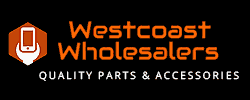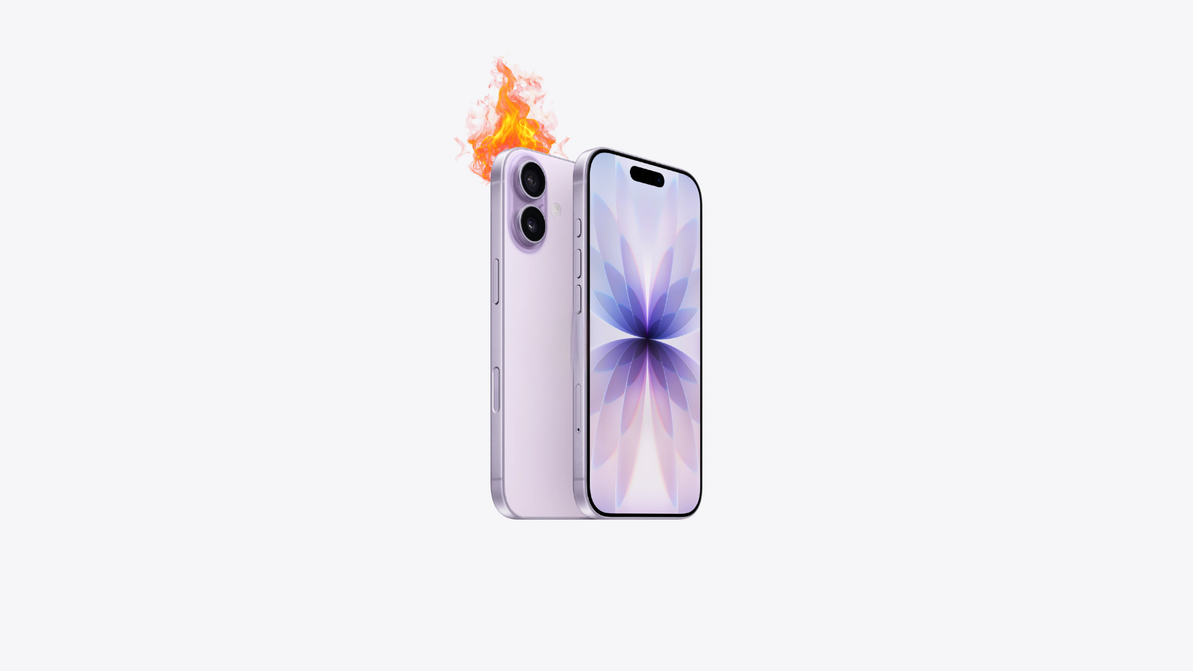The Impact of Latest iPhone Models on the Repair Industry
The introduction of new iPhone models often generates enthusiasm, not just among consumers, but also within the repair sector. Apple's most recent launches, such as the iPhone 15 series, have cutting-edge technologies and materials that reshape the dynamics of the repair ecosystem. While these new models provide opportunities, they also provide obstacles that repair businesses must solve to remain relevant. This blog examines how the newest iPhone models will affect the repair sector in 2024.
1. Titanium Frame: Stronger Yet Tricky to Repair:
The iPhone 15 Pro and Pro Max have titanium frames, making them more robust than prior generations. While this increases durability, it also presents challenges:
• Technicians must use new tools and techniques to disassemble these models without harming the frame.
• Reducing damage requires fewer screen and frame repairs, but organizations may need to focus on battery replacements and software updates.
2. Software Lockdowns: Genuine Parts vs. Third-Party Repairs:
Apple has tightened its software integration to detect counterfeit parts, limiting the performance of third-party batteries, screens, and cameras. This has resulted in various issues.
3. Increased Demand for Battery Replacements:
Apple's newer iPhones prioritize increased performance at the expense of higher power consumption, increasing the chance of battery damage. Repair shops gain from increased demand for battery replacements for both newer and older models, as people prefer to keep their iPhones rather than upgrade. They also offer authentic battery replacements to maintain device health and avoid performance restrictions. Customers seek to extend the life of their phones, leading to a large income stream for battery optimization services.
4. USB-C Port: New Opportunities and Challenges:
Apple's conversion to a USB-C connection for the iPhone 15 series has increased demand for charging port repairs due to wear and tear from non-Apple-certified cords.
• Businesses should stock USB-C parts and provide services to efficiently replace damaged ports.
• Compared to Lightning connectors, USB-C is a more widely used standard, making finding replacement parts easier.
5. The Role of Sustainability in Repairs:
With growing consumer awareness about sustainability, more people opt to repair instead of replacing their iPhones. Apple’s emphasis on recycled materials in newer models aligns with this trend, pushing repair businesses to focus on:
- Eco-friendly repair options, such as refurbished parts.
- Marketing repair-as-sustainability campaigns to attract eco-conscious customers.
- Offering services that help customers prolong the life of their iPhones, such as diagnostic checks and preventive maintenance.
6. Evolving Market Trends: Repairs over Replacements:
Customer behavior has changed as a result of premium iPhones, such as the iPhone 15 Pro Max, being more expensive. Nowadays, many consumers would rather fix their current gadgets than upgrade them every year. As a result, there has been an increase in aftermarket repair services for minor camera problems, screen cracks, and battery replacements.
• An increase in repair subscriptions, which allows consumers to pay a monthly charge for an unlimited number of repairs and provides the shop with consistent income.
7. Preparing for the Future: AI and Remote Repairs:
Repair businesses must adopt new technologies due to the emergence of AI-driven diagnostics in the newest iPhone models: AI-based solutions can swiftly detect hardware problems, reducing repair times and increasing customer satisfaction.
• Shops now provide mail-in or on-site repairs for convenience, and remote repair services are becoming more and more popular.
• Repair companies must continuously train technicians on new technology to stay ahead of the competition and manage complex repairs.
Conclusion:
The arrival of the latest iPhone models in 2024 has presented both opportunities and challenges to the repair sector. While new features such as the titanium frame and USB-C port improve the devices, they also complicate maintenance. Repair businesses that invest in new tools, adapt to changing consumer behavior and follow Apple's certification programs will thrive.
The increased emphasis on sustainability, as well as the increasing need for
skilled repairs, underscore the importance of businesses shifting toward
eco-friendly services and short response times. Whether it's changing a
battery, repairing a charging port, or recalibrating Face ID, the repair
business remains an essential part of the iPhone ecosystem. With the correct
techniques, repair businesses may convert the recent obstacles into lasting
growth opportunities in this rapidly evolving market.
Recent Posts
-
How Water Damage Affects Your Phone & What to Do
Understanding Water Damage in Phones Accidental exposure to water is one of the most common reasons …4th Oct 2025 -
Why Your Phone Overheats | And What You Can Do to Fix It
In today’s fast-paced digital world, our phones do more than ever from video streaming and gaming to …20th Sep 2025 -
MagSafe Explained: How It Works and Why It Matters | Westcoast Repairs Australia
MagSafe Explained: How It Works and What You Need MagSafe has quickly become one of Apple’s most exc …13th Sep 2025




